By Enrique Torres-Hergueta (University of Extremadura)
Squaresoft’s Final Fantasy IX (2000) means a nostalgic tribute to earlier entries in the franchise and also a richly layered narrative artifact, as it deeply draws from the narrative traditions of late-medieval British romance. This paper argues that Final Fantasy IX echoes classic JRPG motifs while globalizing medieval British literary frameworks through Japanese design sensibilities and the technological canvas of the PlayStation era. The discussion follows three distinct aspects: Zidane’s chivalric quest structure, the game’s global medieval aesthetic, and its transcultural reception among English-speaking and international fan communities.
FFIX unfolds its main quest as a sequence of episodic adventures imbued with moral complexity, reflecting the essence and framework of Middle English romances. As the game’s protagonist, Zidane Tribal sets out on a path shaped by challenges, personal growth, and moral decisions, thus subtly echoing the spirit of Arthurian legends. His evolution from rogue to self-aware protector indeed follows a pattern of chivalric testing seen in figures like Gawain. Yet, the late-1990s Japanese media style’s influence critically transforms this model, so Zidane’s humor emotional fragility, and the importance of his chosen family reflect traits typical of the manga heroes of the era. The resulting fusion reimagines knightly virtue through the lens of JRPG character design and narrative pacing.
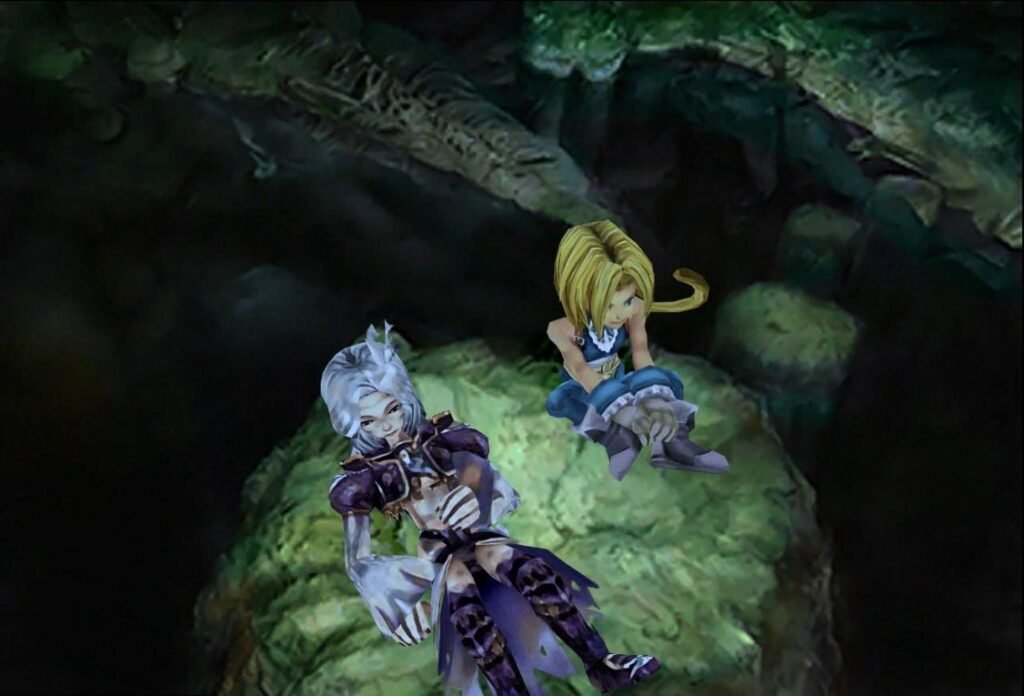
The world of FFIX is composed of cities that blend architectural motifs from multiple historical periods and regions: Alexandria’s stone and wood buildings evoke the Romanesque architecture; Burmecia’s ruined grandeur resembles the Gothic; and Lindblum’s mechanical technology suggest a reflection of the Renaissance. These styles further contribute to a visual vernacular that draws from pan-European sources while resisting strict historicism, hence constructing a globalized medieval aesthetic that transcends the British Isles while retaining echoes of their literary past. The game’s environments are not accurate recreations but atmospheric invocations, inviting players to experience a medievalism that is both familiar and cosmopolitan.
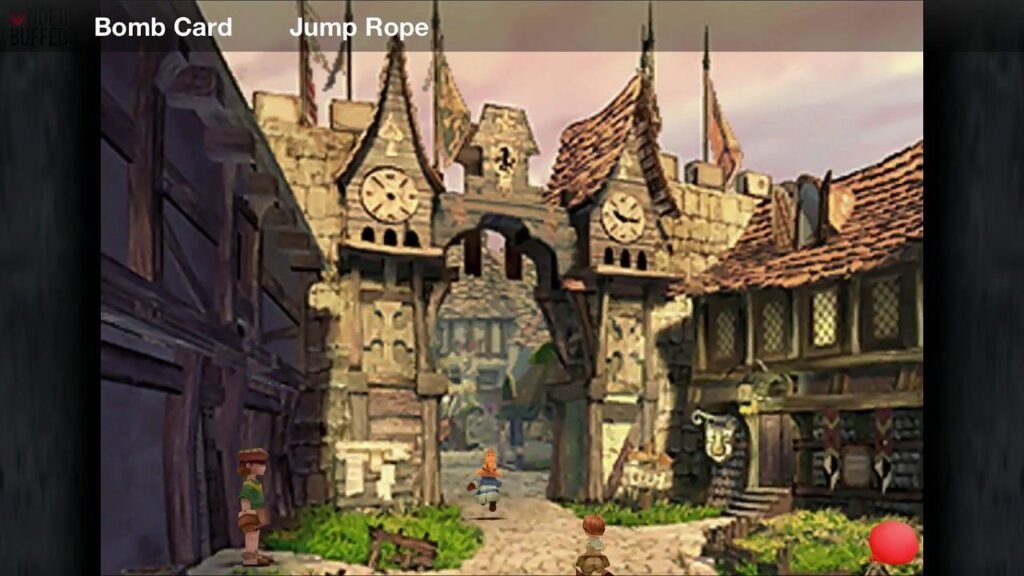
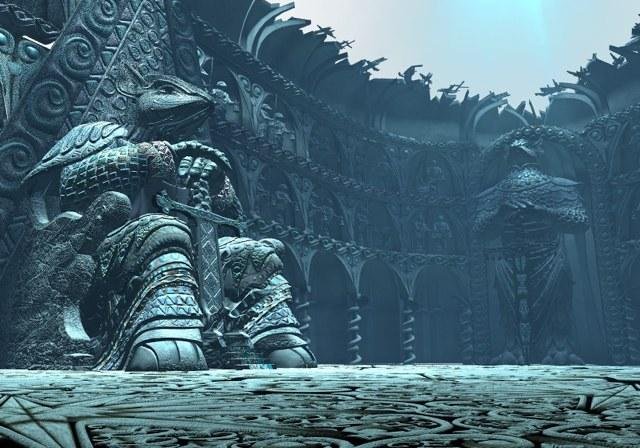
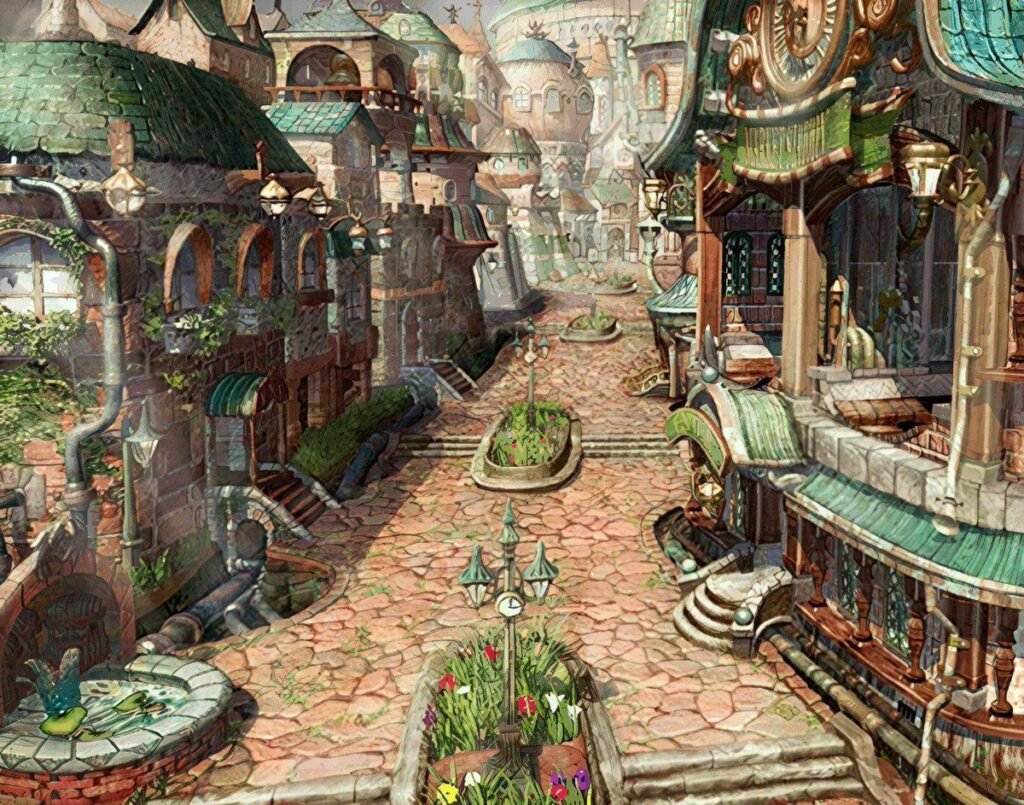
The medieval connections of the game are emphasized in its English localization via intentional language selections, particularly in the antiquated dialogue of characters such as Steiner and Beatrix. An English medieval register is therefore included into the language, enhancing the game’s Arthurian themes. Nevertheless, the game’s significance persists in evolving beyond the official narrative as fans reinterpret it via active participation. Unofficial translations, speedruns, and lore discussions create a dynamic environment in which medieval themes are perpetually reinterpreted. The outcome illustrates how international gamers amalgamate cultures to sustain the game’s medieval essence in a vibrant manner.

Ultimately, in Final Fantasy IX, we find an example of how late-medieval British romance is reimagined through the lens of Japanese game design. The dialogue between globality and regionality is provided through the game’s storytelling, art direction, and the way players around the world engage with it. FFIX hence demonstrates how global media cultures can reshape regional literary traditions into new, resonant forms.
Suggested Reading
Consalvo, Mia. “Hot Dates and Fairy-Tale Romances: Studying Sexuality in Video Games.” The Video Game Theory Reader. Routledge, 2013. 171-194.
Huber, William H. “Epic Spatialities: The Production of Space in Final Fantasy Games.” Third Person: Authoring and Exploring Vast Narratives. MIT Press, 2009. 373-384.
Kaeuper, Richard. Chivalry and Violence in Medieval Europe. Oxford University Press, 1999.
Kizzire, Jessica. ““The Place I’ll Return to Someday”: Musical Nostalgia in Final Fantasy IX.” Music in Video Games. Routledge, 2014. 183-198.
Moher, Aidan. Fight, Magic, Items: The History of Final Fantasy, Dragon Quest, and the Rise of Japanese RPGs in the West. Running Press Adult, 2022.
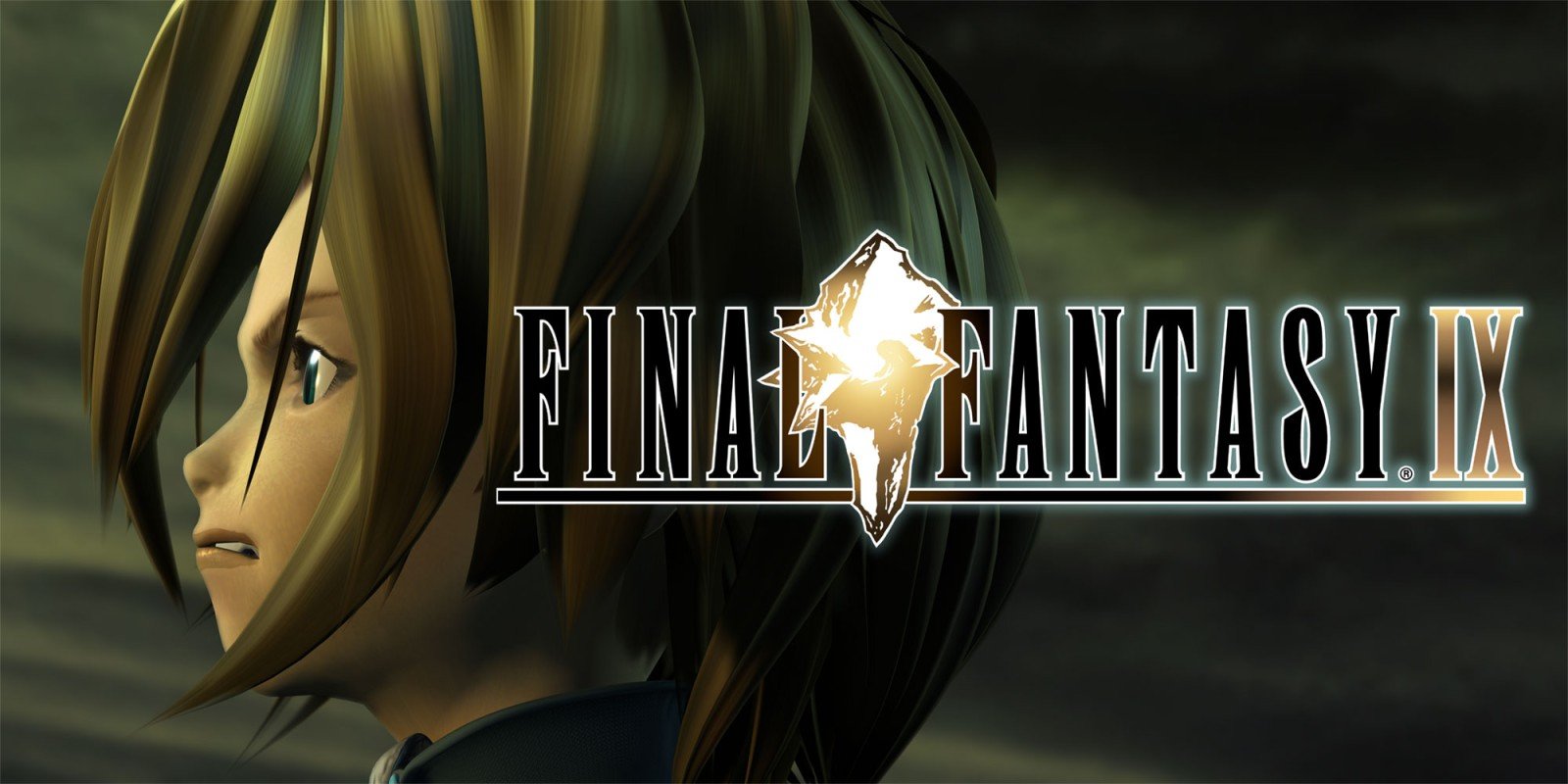
Thanks for this – I was wondering about the Arthuriana claims a bit more. Beyond that we know there’s this language and aesthetic connection, how much can we really narratively draw these characters back to someone like Gawain except in a very, very zoomed-out way?
Challenges and moral choices and character growth or change are all quite common across time periods (and figures in medieval myth rarely show character growth in a modern, emotionally developed sense – rather, they tend to experience *revelatory* change, change that shows who they really were all along). So how much can we talk about this as starting from Arthuriana on a narrative rather than aesthetic level? I’d be interested if you have more details on why you make that particular connection.
Thank you very much for your observation, James. I completely agree that character growth as we understand it today is different from how transformation tends to function in medieval narratives. You’re absolutely right that figures like Gawain often undergoing a “revelatory” process/event rather than developmental change. Yet, Final Fantasy IX also includes a revelation, since Zidane ends up not being human. The comparison to Arthurian romance is still narratively interesting, especially if we consider it from a structural perspective. For example, Zidane’s quest is episodic and morally testing in a way that resonates with romance conventions, i.e., encounters with strangers, unexpected turns, moral dilemmas, and the formation of personal identity through trials. His transition from thief to chosen protector mirrors the journey of medieval knights.
Thanks so much for your paper, Enrique! I’m curious about how this game’s specific remediation of this tradition, through these manga hero traits and JRPG character design/narrative pacing, differs from other forms of medievalisms that also draw on late-medieval British romance, especially Arthurian traditions? How significantly do you feel the manga or JRPG conventions change or reshape the tradition, or do they use this particular kind of medievalism because there are already similarities in these tropes?
Thank you very much for your comment, Tess. I consider that a very interesting feature of the game is that it reframes the knightly journey through traits like vulnerability, humor, and chosen family. Zidane, for instance, follows a path of moral testing akin to Gawain, but with a focus on emotional growth and relational bonds that reflect manga and JRPGs heroes, such as Vash the Stampede from Trigun or Cloud Strife from Final Fantasy VII, more than traditional knights.
Thank you for your paper, Enrique!
Could you talk a bit more about the media context in 1990s Japan and its influence in FF? Are there particular works to which you can trace the kind of storytelling/world building we see here? Do you know how we can confirm particular inspirations (especially given that para textual elements are not always translated to Western languages)?
I always wanted to know more about the context of production of Japanese games myself. But I confess my lack of fluency in the language and scarcity of online resources made the prospect daunting 😅
Thank you for your questions, Vinicius. In the 1990s, Japanese manga and anime provided character-driven, emotionally complex storytelling which influenced JRPGs. Creators were inspired by the combination of fantasy and introspection of titles that began in late 1980s and extended into the 1990s, such as Record of Lodoss War or Nausicaä of the Valley of the Wind (the manga, not the film). Here, they were emphasized emotional vulnerability, moral ambiguity, and layered world-building, which we can distinguish in FFIX, too.
On the other hand, direct confirmation of influences is difficult, due to language difficulty, but, for example, developers like Hironobu Sakaguchi and Yoshitaka Amano have cited anime, Western fantasy, and earlier Final Fantasy titles as major inspirations. Additionally, items like anniversary publications (e.g., Final Fantasy Ultimania) can help uncover these links for non-Japanese audiences.